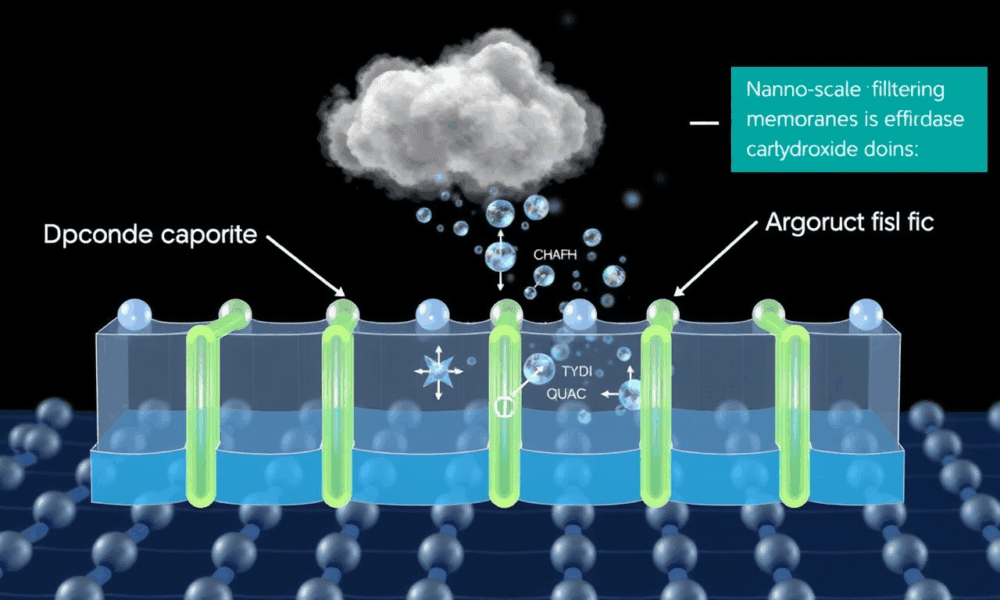
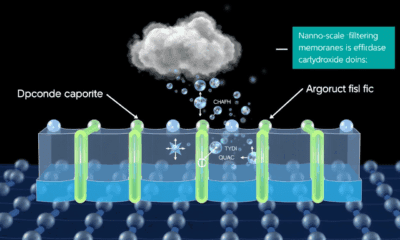

New research could improve the efficiency of electrochemical carbon-dioxide capture and release by six times and cut costs by at least 20 percent. Researchers added nanoscale...
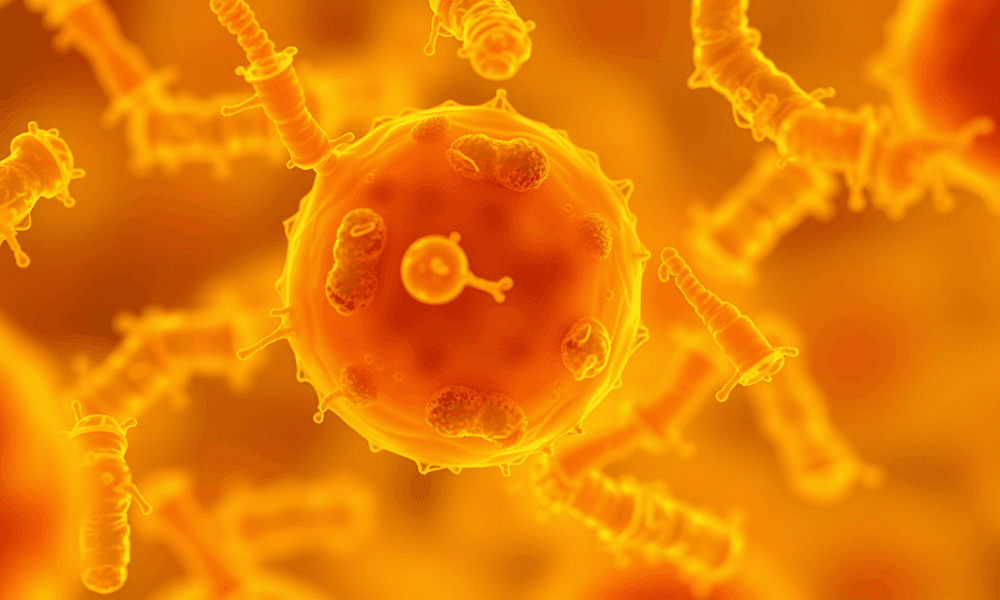
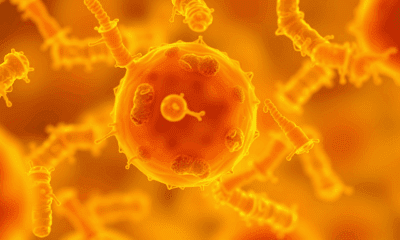

Nanoplastics are everywhere. These fragments are so tiny they can accumulate on bacteria and be taken up by plant roots; they're in our food, our water,...



How sensitively does organic carbon stored in soils react to changes in temperature and humidity?
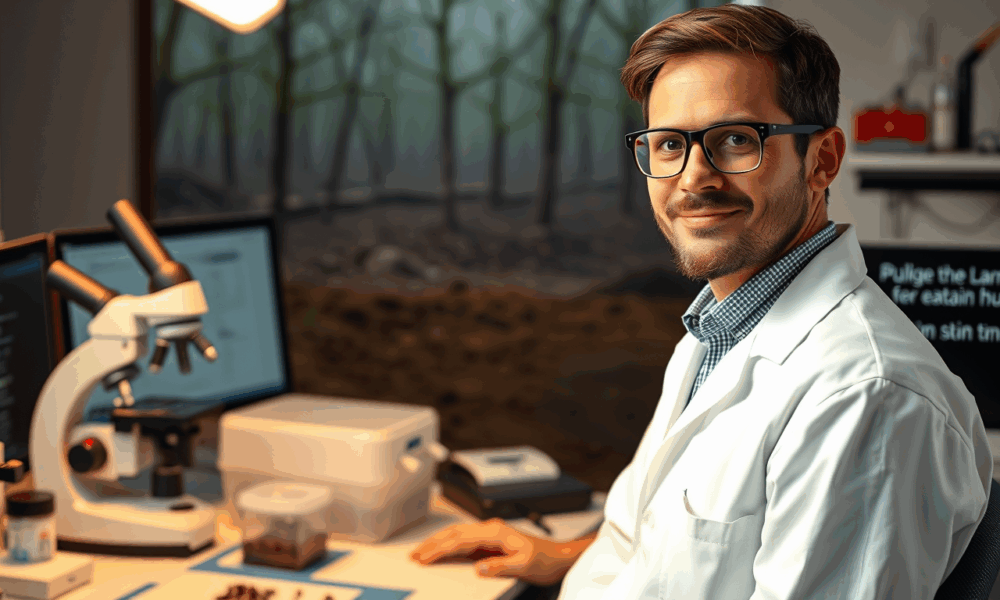


A team of researchers has developed a new strategy for identifying hazardous pollutants in soil -- even ones that have never been isolated or studied in...
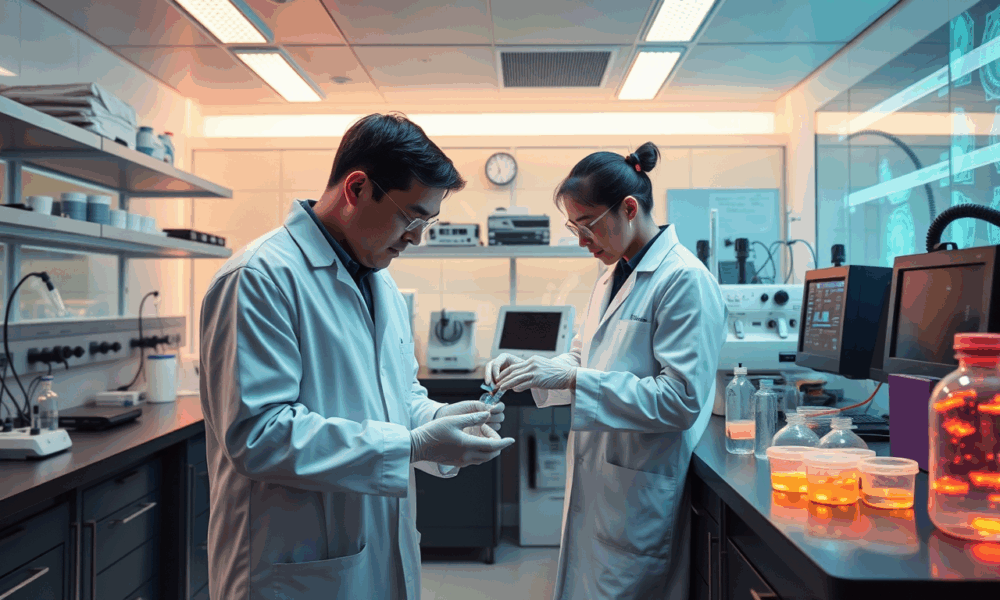
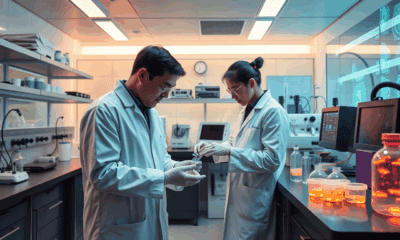

Researchers have developed a new way to create hydrogels using ultrasound, eliminating the need for toxic chemical initiators. This breakthrough offers a faster, cleaner and more...
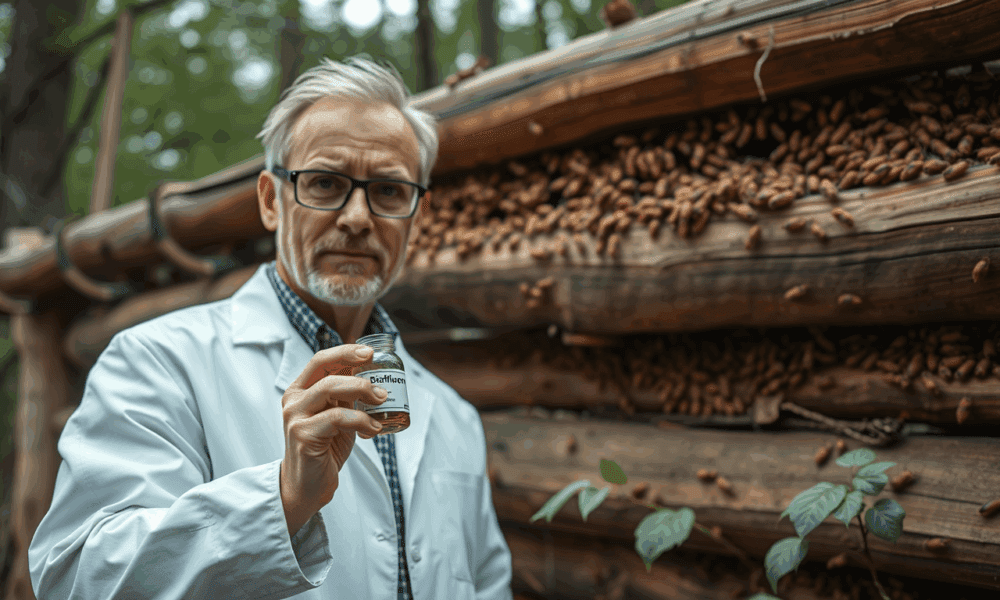
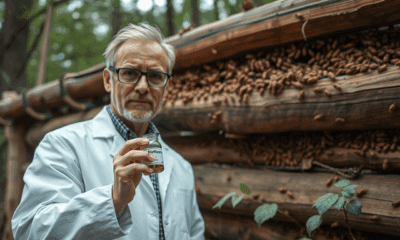

Researchers have identified a chemical that kills about 95 percent of a western drywood termite colony without off-target effects on mammals.
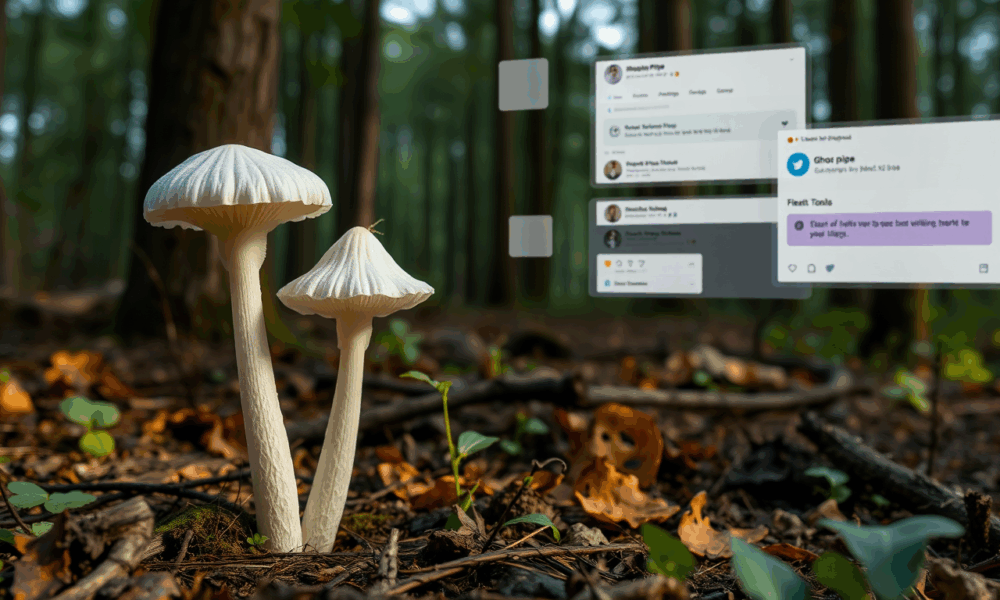
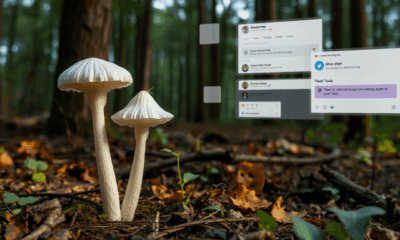

Despite a long history of traditional medicinal use in the United States, the collection, consumption and efficacy of the peculiar forest plant aptly named ghost pipe,...
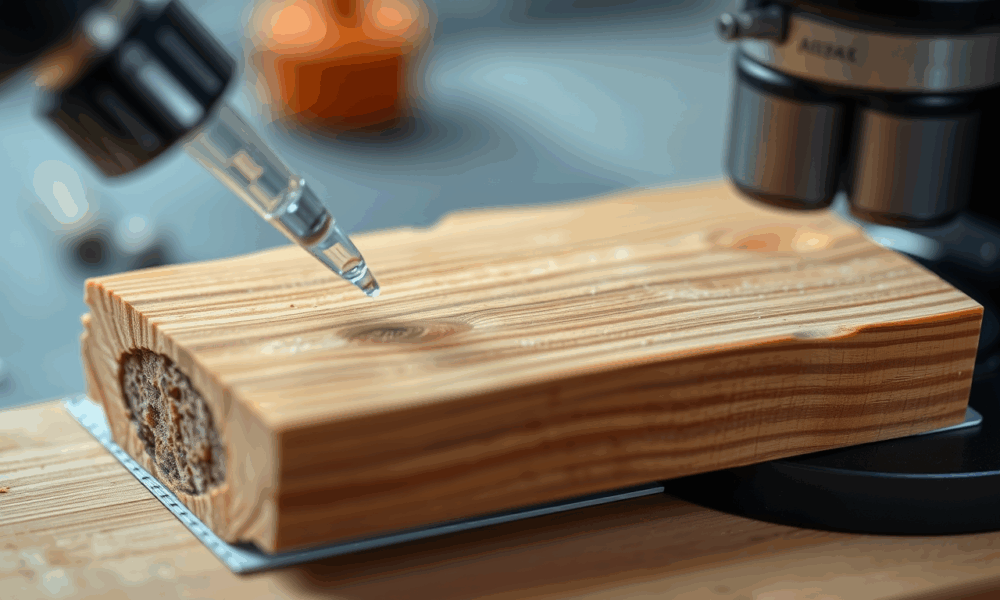
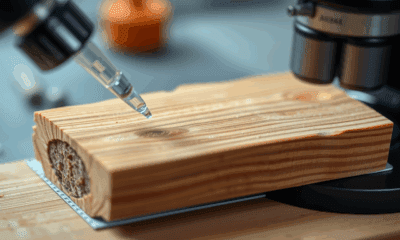

With more than 181.5 billion tons of wood produced globally each year, a new method could revolutionize how we build sustainably. By infusing red oak with...

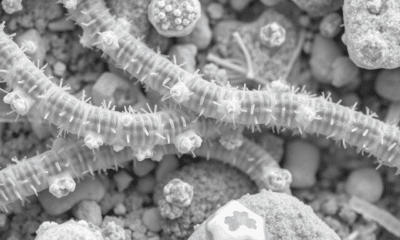

Scientists have identified a novel species of bacteria that acts as electrical wiring, potentially ushering in a new era of bioelectronic devices for use in medicine,...



From the Japanese cypress to the ponderosa pine, wood has been used in construction for millennia. Though materials like steel and concrete have largely taken over...